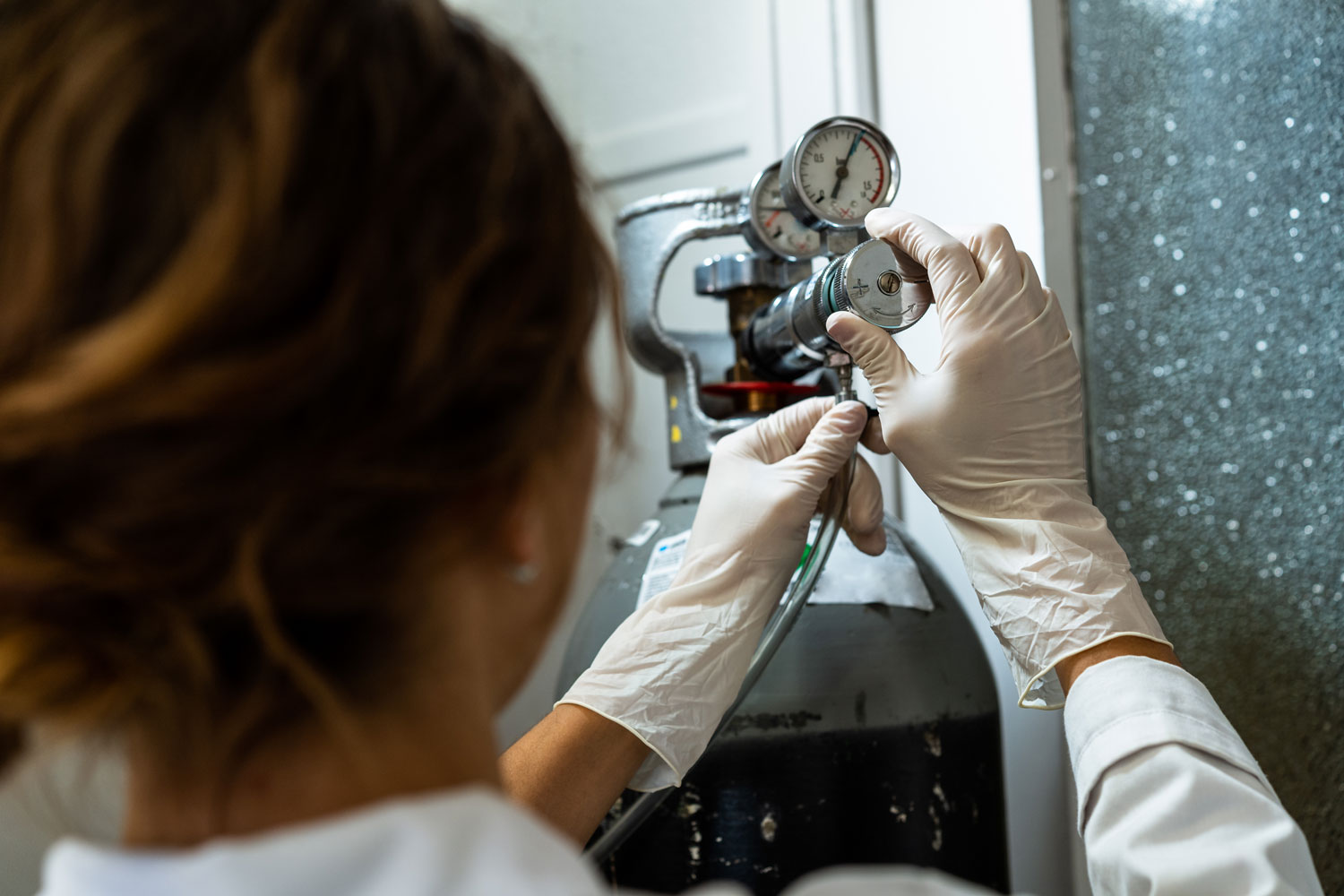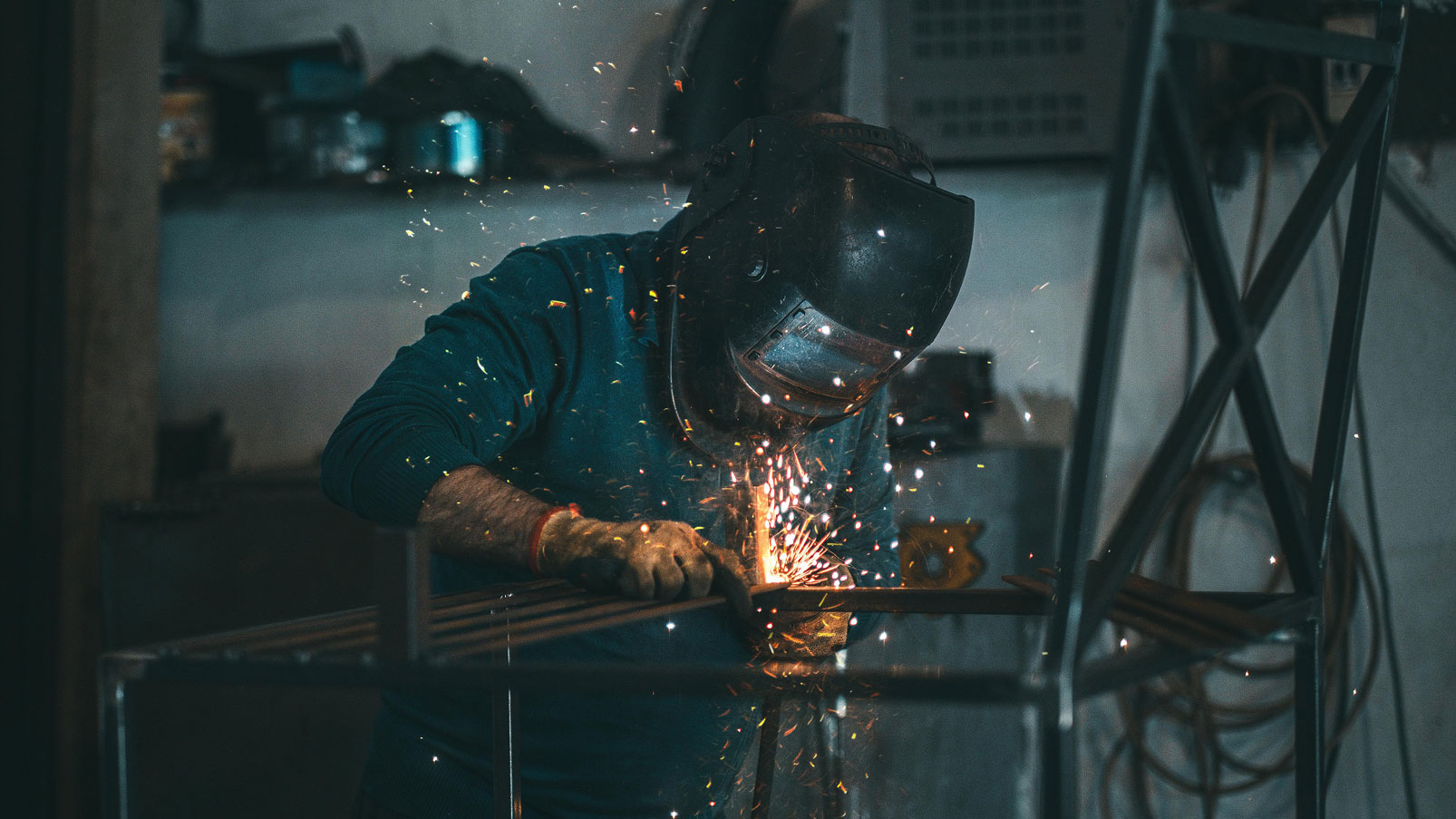A well-chosen co2 tank keeps carbonation, pH control, and welding work consistent. This guide covers tank and cylinder options, safety, and a simple plan to scale CO2 supply as demand grows.
CO2 tank and cylinder options
- Small co2 gas cylinder: mobile and easy to swap; best for intermittent tasks
- Larger tank: fewer changeovers for steady draw; plan for secure anchoring
- Lines and regulators: select for expected phase and flow; watch icing
Safety fundamentals
CO2 can displace oxygen. Ventilate storage areas, especially basements and confined spaces. Keep cylinders upright and restrained. Inspect valves, seats, and threads before connection; open slowly and leak-check.
Flow, temperature, and icing
High draw rates can chill equipment. Use regulators and heaters rated for the application, and monitor for frost that signals heavy flow. If icing is frequent, increase cylinder count or size.
Scaling CO2 supply
Standardize fittings and keep spare regulators. Track consumption by job or line. As demand grows, add banks of gas cylinders or evaluate a larger tank program.
Quick checklist
- Anchored tanks; restraints on all cylinders
- Ventilation confirmed; detection where appropriate
- Leak test after every change
- Spare regulators staged
Next steps
Pick the tank size for your draw pattern and set up switchover hardware. Review detection and ventilation where needed. [[Link to “Products – ISO Cylinders”]] [[Link to “Certifications”]]
Suggested image alt text
- CO2 tank with frost forming on regulator
- Secured CO2 gas cylinders in storage rack
- Technician performing CO2 leak test at valve




